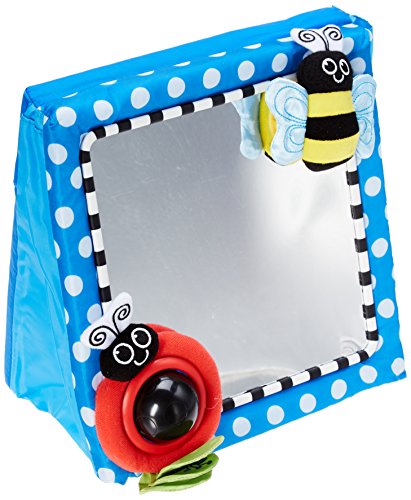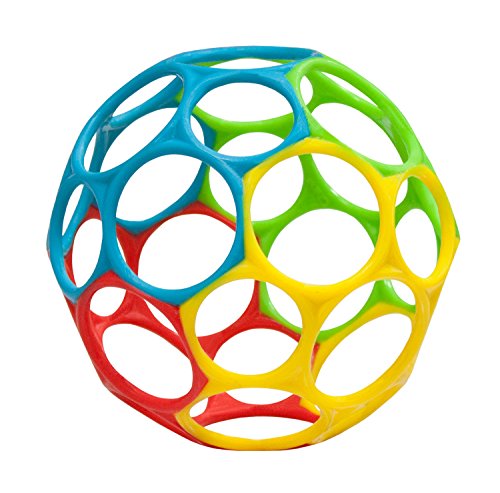Getting outside into nature is an important part of our daily life. Many studies have shown the benefits of "nature therapy" but frankly, I don't need a study to show anything. I just feel better. But with the increasing severity and distribution of tick-borne illnesses, I was feeling a bit nervous about taking my kids outside. Then my husband contracted Lyme from the SW Corridor in Boston- our backyard. Here's what I learned through hours of research:
The single most important thing to prevent Lyme is to prevent tick bites. Here's what we do:
1) We wear permethrin infused clothes. While DEET has become the major insect repellant in the United States, the US Military and Europe both use permethrin impregnated clothing. Some companies claim that it is as effective against ticks/mosquitos as 100% DEET (while the typical dilution for DEET sprays is more like 20%). It is long lasting, apparently safe for children > 2 months, and also pregnant women. Since permethrin isn't applied directly to your skin, the risk of toxin exposure is lower. You can treat your own clothes with a permethrin spray where spray efficacy lasts approximately 6 washes. Or, you can purchase clothes already impregnated with permethrin. I have found a combination that works for my family. Adults have permethrin wool socks for hiking and trail running and we each have a pair of permethrin treated hiking pants. The kids were a bit trickier. They have bug suits for deep woods hiking and camping and also have permethrin treated socks, pants, and long sleeved light shirts. I couldn't find knee high toddler sized permethrin socks, so I purchased Smartwool socks and sprayed them myself. When we get home from a hike, everyone takes off their treated clothes and leaves them in basket by the door that is lined with a cloth diaper bag. It makes it so we don't need to treat with permethrin as frequently, and also (at least theoretically) keeps ticks out of other parts of our home. (Speaking of, animals are one of the worst offenders for bringing ticks into the home- particularly when dogs sleep with their owners- so make sure to do tick checks on your dog too!)
2) Frequent tick checks: Studies have shown that ticks can transmit disease in just 15 minutes of feeding, so we do frequent tick checks!
3) Treat the yard: We rent, so we don't have the option to change landscaping or plant tick-repelling plants, but these options definitely help and I would encourage anyone who owns their home to consider these natural options. Once a month during tick season, we treat the lawn with Diatomaceous Earth. You'll need to use appropriate precaution against inhalation and using a filler like sand and a grass/fertilizer spreader may help with application. And yes, DE will kill off all animals with exoskeletons like ladybugs and bees so you'll want to consider this it you decide to use it.
I'm not a Lyme expert, but I have developed my own "protocol" for what to do if our family is bitten by a tick.
1) Identify the tick. Different types of ticks carry different pathogens. You'll want to know what you're working with.
2) Appropriately remove the tick. While the CDC recommends using this method, I really like what I see about the Tick Twister. I fortunately haven't had to use this, but I have a set (both large and small) of tick twisters in my "Mom Medic" bag, our car, and our home medical kit.
3) Have the tick tested: Here is a link to a PDF of different tick testing sites. In Massachusetts, it's easiest to send the tick to UMass for testing. I recommend having the tick tested for Lyme, Babesiosis and Anaplasmosis, which will cost $140 but is worth every penny. Another notable tick borne diseases in the Northeast to be concerned for includes Powassan. Between the study that showed Powassan can be transmitted in 15 minutes of tick attachment and the severity of symptoms, I always go back to the first steps of prevention.
4) Find a Lyme Literate Doctor to work with you. No, your family physician will not be sufficient on this journey. They simply are not well enough versed in Lyme.
5) Support your immune system: The Lyme lifecycle is tricky, and the easiest way to rid your body of Lyme is the prevent it in the first place. The general premise is that by having a strong immune system, Lyme cannot settle in to your body. The immune system will recognize it as foreign and immediately discard it, never allowing infection to invade. Lyme experts recommend using a variety of herbs and homeopathic remedies for preventing Lyme transmission. Our medicine cabinet includes astralagus and ledum palustrae for this reason. If anyone in our family receives a tick bite, I plan to dispense ledum palustrae 200c around the clock for 3 weeks at minimum and use astralagus daily. This is one homeopath's blog talking about other remedies that may be helpful, but I recommend finding a homeopath near you and working 1:1. In addition to these supplements, I recommend focusing on a nutrient dense, anti-inflammatory diet without sugars/grains.
5) Get tested: It takes approximately 6 weeks for a person's body to develop antibodies to Lyme, so any testing done less than 6 weeks from the bite will be inaccurate. If no symptoms of Lyme develop during this time, I would recommend being tested for Lyme between 6-8 weeks post bite.
6) Studies starting in 2014 showed that Lyme Disease is a sexually transmitted disease, meaning it can be transmitted to your partner through intercourse, but also to babies through breastfeeding. You may need to consider treatment for the entire family, even if only one person was bitten.
7) There are an abundance of Lyme support groups, with people who have local connections and recommendations for physicians, homeopaths and lawn care. Reach out and ask for some help!
Here are a few more resources that might be helpful for those hoping to learn more:
Kara Fitzgerald has a great podcast and blog that gives some other ideas.













